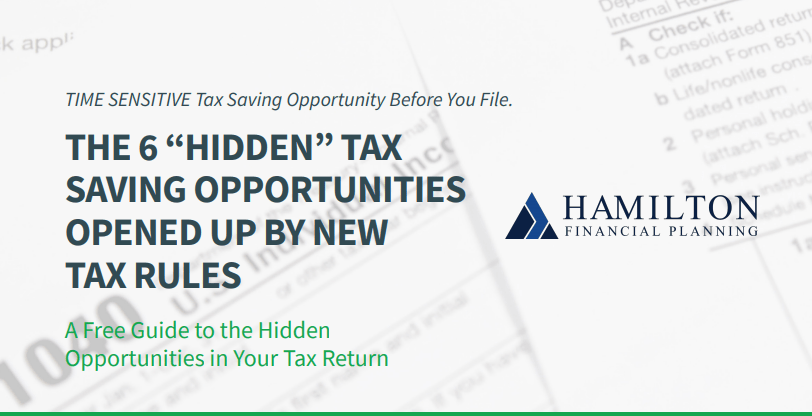What is an Emergency Fund and How to Optimize It?
Ever struggled with how to manage your cash? Are your funds currently unavailable, tied up for years, or not earning any interest? What is the optimal amount of liquid assets available for you and your family in normal times as well as for those unexpected expenses? Where do you keep these funds – under the bed, in a tin can, in the bank, or simply invested in equities?
Everyone is different and there are correct answers for everyone. As with Financial Planning in general, the concepts are simple but not easy to do correctly.
In this article, I will lay out a general outline that should be considered as a starting spot. You can then refine as needed. We will cover the concept of what constitutes an emergency fund; how much to keep in it; where to keep it, and some general rules. Basically, we are discussing cash management and cash flow planning.
Table of Contents
What is an Emergency Fund?
An emergency fund is simply funds set aside to pay for life’s minor emergencies. There is an old parable about keeping ⅓ of your assets invested in your business, ⅓ invested into your home, and ⅓ in cash. This alludes to the concept of putting some of your money to work for your business.
A portion should be dedicated to your family’s shelter, some for your business, and the last for new business ventures or emergencies. Having assets geared toward business, shelter and the future is a time-tested strategy. I would not, however, manage my investments along with those exact allocations in this age.

How Much Cash to Keep in Your Emergency Fund
A general rule of thumb is to keep 6 months to 2 years of living expenses in cash. By cash, I mean funds invested into your emergency fund. The cash range is large to cover a variety of situations. If you are in a very stable employment situation, both spouses work and you have a regular salary, then maybe an amount closer to 6 months is appropriate.
However, if you are a sole earner and work in a commission environment then maybe you should increase the emergency fund to closer to 2 years of cash. Most people are in the middle depending on your individual circumstances. Other considerations are a pending job change, add to the family, starting a business or other cash draining possibilities.
Where to Keep Your Emergency Fund
You have many options to select from, however, we should ensure a few factors are considered. First, the funds should be readily accessible anytime, with no fee to transfer to your local bank account. Second, the funds should be FDIC insured. Third, the funds should be available within a one day ACH transfer both to and from your local bank. Fourth the funds should earn a competitive interest rate.
There are many high-quality institutions that provide a competitive interest rate. You might want to avoid some of the smaller companies and stick with the larger providers for safety. My top two favorites are Marcus by Goldman Sachs and Ally. Another choice is American Express online savings.
Hamilton Financial Services have used these companies for years and received good feedback both from clients as well as our personal satisfaction. The downside is they don’t offer local branches – no brick and mortar walk-in service. The offset is you will be compensated for this with a higher yield on your cash. These accounts are termed High Yield Savings – NOT CD’s. There are ZERO fees to open, close, transfer, and no monthly fees or Minimum amount invested, and they are FDIC insured.
When to Use and How to Replenish Your Emergency Fund
Your emergency fund is intended to be used for unusual spending like auto repairs, roof, HVAC, medical, or other similar expenses. The theory is that if you manage and keep these funds separate from your investment portfolio you will be able to manage the unexpected expenses without having to alter your investment portfolio or monthly lifestyle plans. You should think of your investment funds as a long-term fund – not to manage short-term expenses. Then out of your normal cash flow, if still working, you should top off the emergency fund. However, if you are retired then you will need to divert a portion of your retirement income to replenish your emergency fund.
Cash flow planning will include a well-managed emergency fund that provides an additional sense of security and reduces the temptation to dip into your long-term investment portfolio. If you are just beginning your investing journey the emergency fund should be your first step. If you are well past retirement and a master – you should still maintain your emergency fund for those emergency situations that tend to arise at the least appropriate time.
If you would like any assistance with budgeting, cash flow planning, or cash management please schedule us a quick call to discuss options or fill out the form below.
Get The Insurance Coverage You Need
If you are still unsure as to whether or not you need an umbrella policy, our team at Hamilton Financial Planning can help! Schedule a complimentary get-acquainted meeting online or reach out to us at 512-261-0808 or scott@hamiltonfinancialplanning.com.
About Scott
Scott Hamilton is the founder and chief financial officer at Hamilton Financial Planning, a wealth management firm that specializes in providing comprehensive financial planning for retirees in Dallas, Houston, and Austin, Texas. With over 20 years of experience in the financial industry, and has completed over 250 financial plans for retirees across all industries, but mostly the oil and gas industry, Scott is passionate about providing his clients with the tools and insight they need to achieve their financial goals.
He has a Bachelor of Business Administration in finance from Texas State University and an MBA in international finance from Pepperdine University. Scott has also been happily married to his wife, Gayle, for over 25 years. To learn more about Scott, connect with him on LinkedIn./.,

